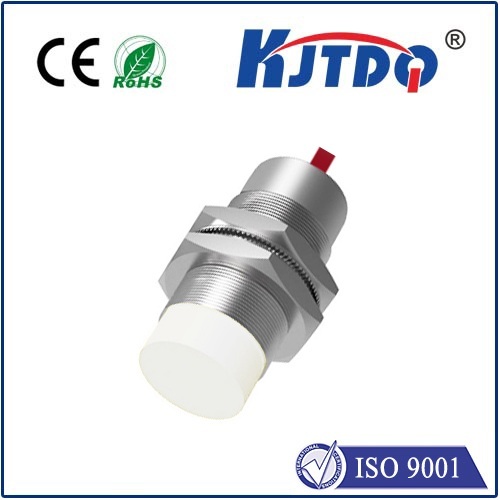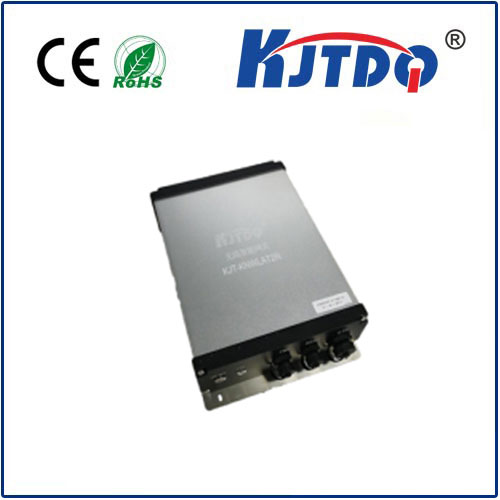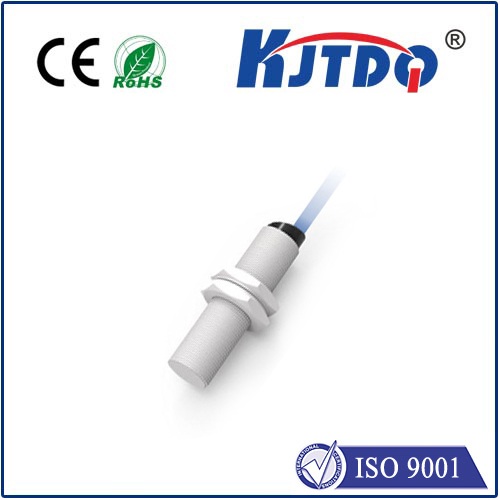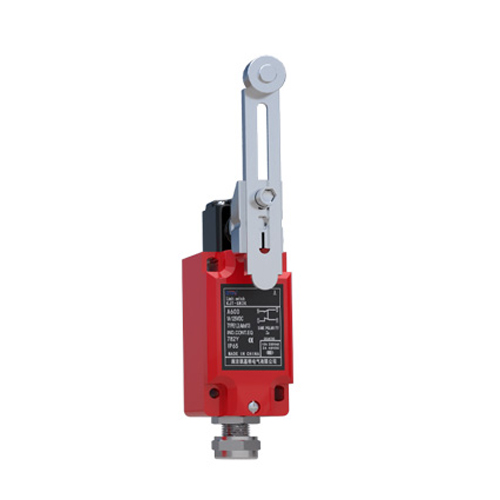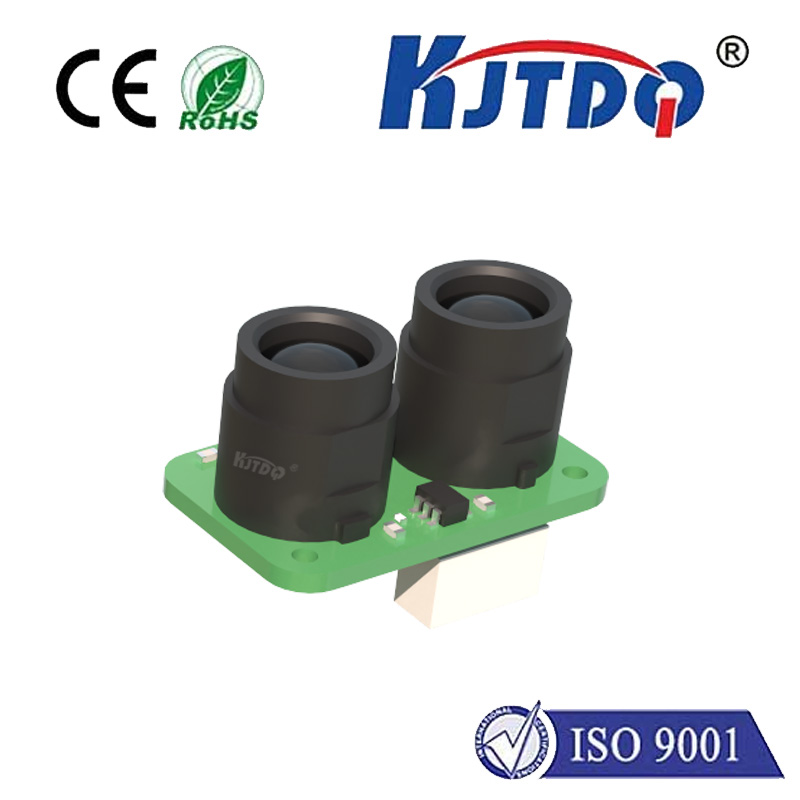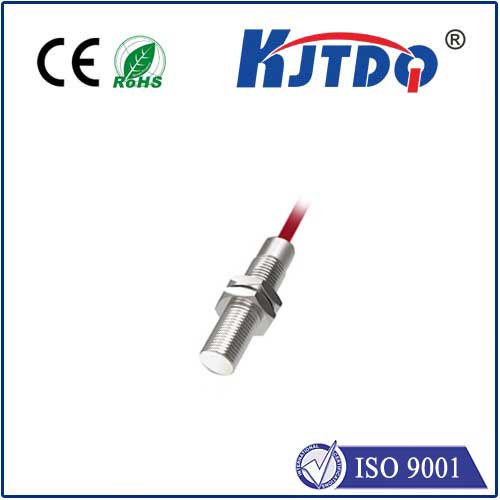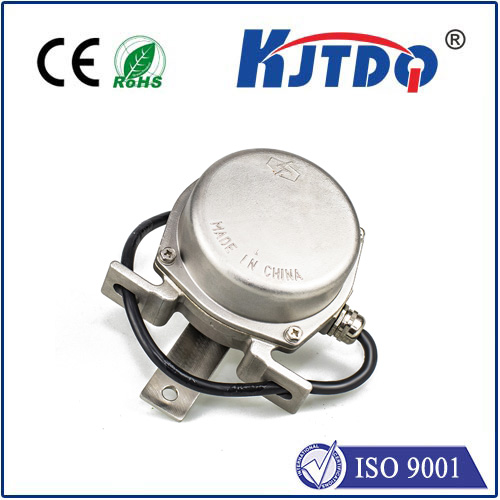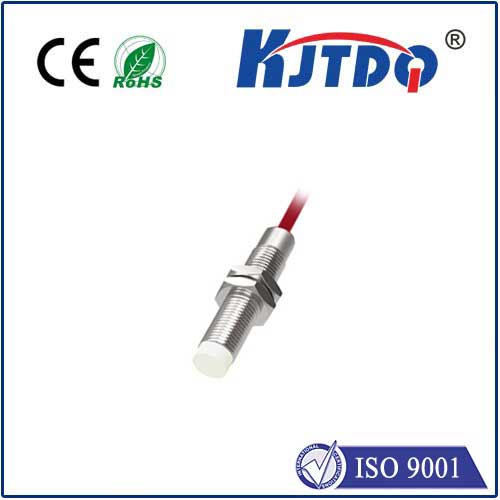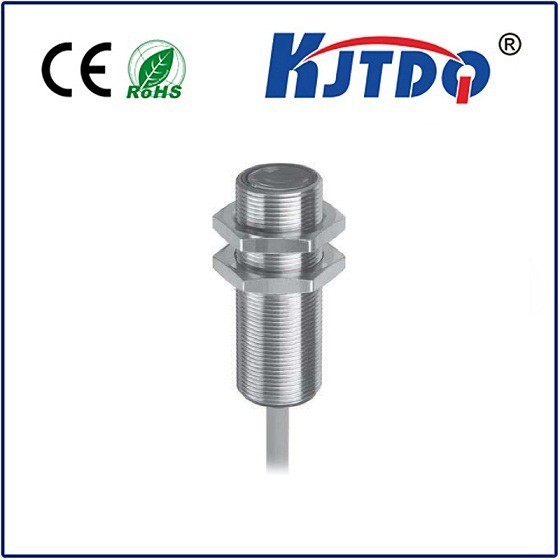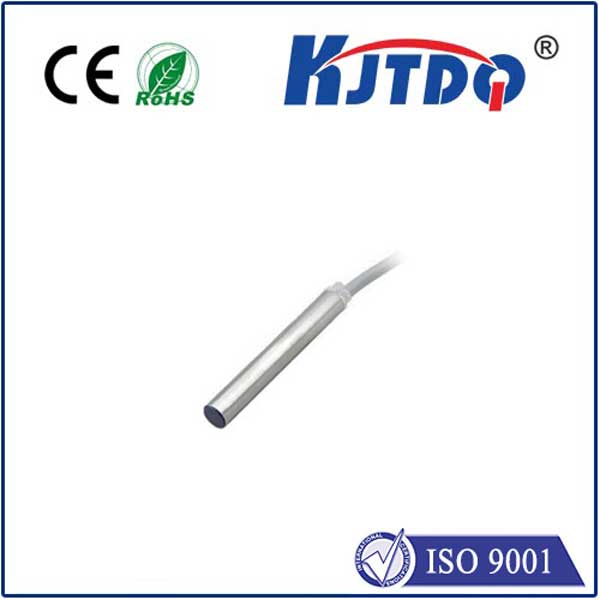high speed inductive proximity sensor
- time:2025-06-18 01:57:52
- Click:0
Unlocking Peak Performance: The Critical Role of High-Speed Inductive Proximity Sensors in Modern Automation
Imagine robotic arms moving at blinding speeds on an assembly line, precisely placing components measured in milliseconds. Envision high-velocity packaging machinery seamlessly filling, sealing, and boxing products without missing a beat. This relentless pace is the heartbeat of modern manufacturing and automation. But what ensures this intricate dance of metal and motion happens flawlessly, without catastrophic collisions or missed operations? The answer often lies in the unsung heroes of the sensor world: high-speed inductive proximity sensors. These remarkable devices are fundamental to systems demanding ultra-fast, reliable, and non-contact object detection.
Decoding the Core: How They Achieve Speed
At their essence, all inductive proximity sensors operate on the principle of electromagnetic induction. A coil within the sensor generates a high-frequency oscillating electromagnetic field emanating from its active face. When a metallic target (ferrous or non-ferrous, depending on the sensor type) enters this field, eddy currents (Foucault currents) are induced on the target’s surface. These currents draw energy from the sensor’s oscillating circuit, effectively damping or reducing the amplitude of the oscillation. Sophisticated internal circuitry continuously monitors this oscillation amplitude. A significant drop – indicating a metal target is within the specified sensing range – triggers the sensor’s output switch (solid-state NPN/PNP transistor or analog signal).
So, what makes a sensor “high-speed”? It boils down to two critical factors:

- Rapid Field Collapse & Recovery: High-frequency oscillators generate the electromagnetic field. Higher oscillation frequencies allow the field to collapse and re-establish much faster after a target interaction. This directly translates to how quickly the sensor can reset and be ready to detect the next target.
- Advanced Signal Processing: Merely generating a high-frequency field isn’t enough. Ultra-fast electronic circuits are needed to detect the subtle change in oscillation amplitude caused by the eddy currents and trigger the output signal almost instantaneously. Minimal internal processing delay is paramount. This is where robust ASIC (Application-Specific Integrated Circuit) design plays a vital role.
Why Speed is Non-Negotiable in Modern Applications
The demand for high-speed inductive proximity sensors doesn’t arise arbitrarily; it’s driven by pressing needs in increasingly sophisticated automation:
- Millisecond Matters on High-Velocity Lines: In bottling plants, packaging machinery, printing presses, or high-speed conveyors, targets (bottles, packages, sheets) move past detection points at meters per second. Traditional sensors operating at tens or low hundreds of Hz simply can’t keep pace. High-speed variants, capable of switching frequencies exceeding 1 kHz to even 5 kHz or more, are essential to reliably detect every single object without misses that cause jams or incomplete processes. Response times (ton/toff) plummet below 100 microseconds (µs), frequently reaching 10-50 µs or less in specialized models.
- Robotic Precision & Coordination: Modern industrial robots perform complex tasks at incredible speeds. High-speed sensors are crucial for precise position verification (e.g., confirming a gripper has correctly picked a part), end-of-arm tooling presence detection, and safety guarding at critical high-motion points. Delays here directly impact cycle times and pose safety risks.
- Short-Stroke Applications & Small Targets: Detecting very small parts or parts moving on extremely short strokes requires incredibly fast responses. A sensor with a slow response time might miss the target entirely if its dwell time within the sensing range is shorter than the sensor’s reaction period.
- High-Resolution Counting & Sorting: Applications requiring accurate counting of rapidly passing items or high-speed sorting based on presence/absence demand sensors that can flawlessly handle the input frequency without double-counting or misses.
- Vibration Immunity at Speed: Machinery vibration is common. High-speed sensors inherently incorporate sophisticated filtering techniques to distinguish between genuine target presence and signal noise induced by vibration, ensuring reliability even in challenging dynamic environments.
Key Considerations for Selecting Your High-Speed Workhorse
Choosing the right high-speed inductive proximity sensor isn’t just about picking the one with the highest kHz rating on the datasheet. Several factors are critical:
- Switching Frequency (Response Speed): This is paramount. Does the sensor offer 500 Hz, 1 kHz, 2 kHz, 5 kHz, or even higher? Match this exceedingly closely to your application’s actual target passing frequency and required resolution. Significant overspecification can increase cost unnecessarily, but underspecification leads to failure. Look for the ton/toff times (typically in µs) – lower is faster.
- Sensing Distance & Target Material: Standard sensing distances (Sn) apply. While high-speed sensors often have slightly reduced Sn compared to their slower counterparts due to design trade-offs, ensure the Sn meets your mechanical setup needs. Also, confirm compatibility (and potential Sn reduction) with non-ferrous targets like aluminum or brass if required.
- Hysteresis: This is the difference between the switch-on and switch-off points. While some hysteresis is necessary to prevent oscillation (“chatter”) on the edge of detection, excessive hysteresis can reduce effective sensing accuracy for tiny targets or ultra-precise positioning. High-speed sensors typically have well-controlled hysteresis.
- Electrical Output & Connection: Choose the correct output type (NPN sinking, PNP sourcing) compatible with your controller’s inputs. Fast-switching outputs often require shielded cables over longer distances to prevent electromagnetic interference (EMI) which can cause false triggering. Consider connector types (M8, M12) or cable options for ruggedness and ease of installation.
- Environmental Robustness: High-speed doesn’t mean fragile. Ensure the sensor has the necessary Ingress Protection (IP) rating (e.g., IP67, IP69K) for dust, water, and washdown environments typical in manufacturing. Resistance to cutting fluids, coolants, oils, and mechanical shock/vibration is equally vital.
- Form Factor & Mounting: Factor in space constraints. Miniature, cylindrical sensors (e.g., M5, M8) are popular for high-density applications. Consider flush or non-flush mounting capabilities based on surrounding metallic structures.
Where High-Speed Makes the Difference: Application Spotlights
High-speed inductive proximity sensors find critical roles in numerous demanding sectors:
- Electronics Manufacturing: Detecting tiny SMD components on high-speed pick-and-place machines; verifying spindle position on micro-drilling units.
- Automotive Production: Monitoring camshaft/crankshaft speed and position on engine test stands; confirming robotic weld gun closure sequencing; detecting fast-moving pistons or valves.
- Packaging & Filling: Counting bottles/cans on ultra-high-speed lines (>1000 items/minute); detecting lids, caps, or pouches for fill/seal integrity checks; triggering labeling heads precisely.
- Material Handling & Logistics: High-velocity sorting gates in parcel distribution centers; presence verification on rapid conveyor transfers; palletizing/depalletizing robot coordination.
- Machine Tooling: Tool breakage detection (instantaneous feedback is crucial); spindle orientation checks; high-speed part clamping verification.
- High-Speed Web Processing: Edge guiding control on fast-moving paper, plastic, or metal webs; detecting splices or registration marks.
Harnessing the Pace
The relentless drive for greater efficiency, throughput, and precision in modern industry places immense demands on sensing technology. **High-speed inductive proximity sensors






